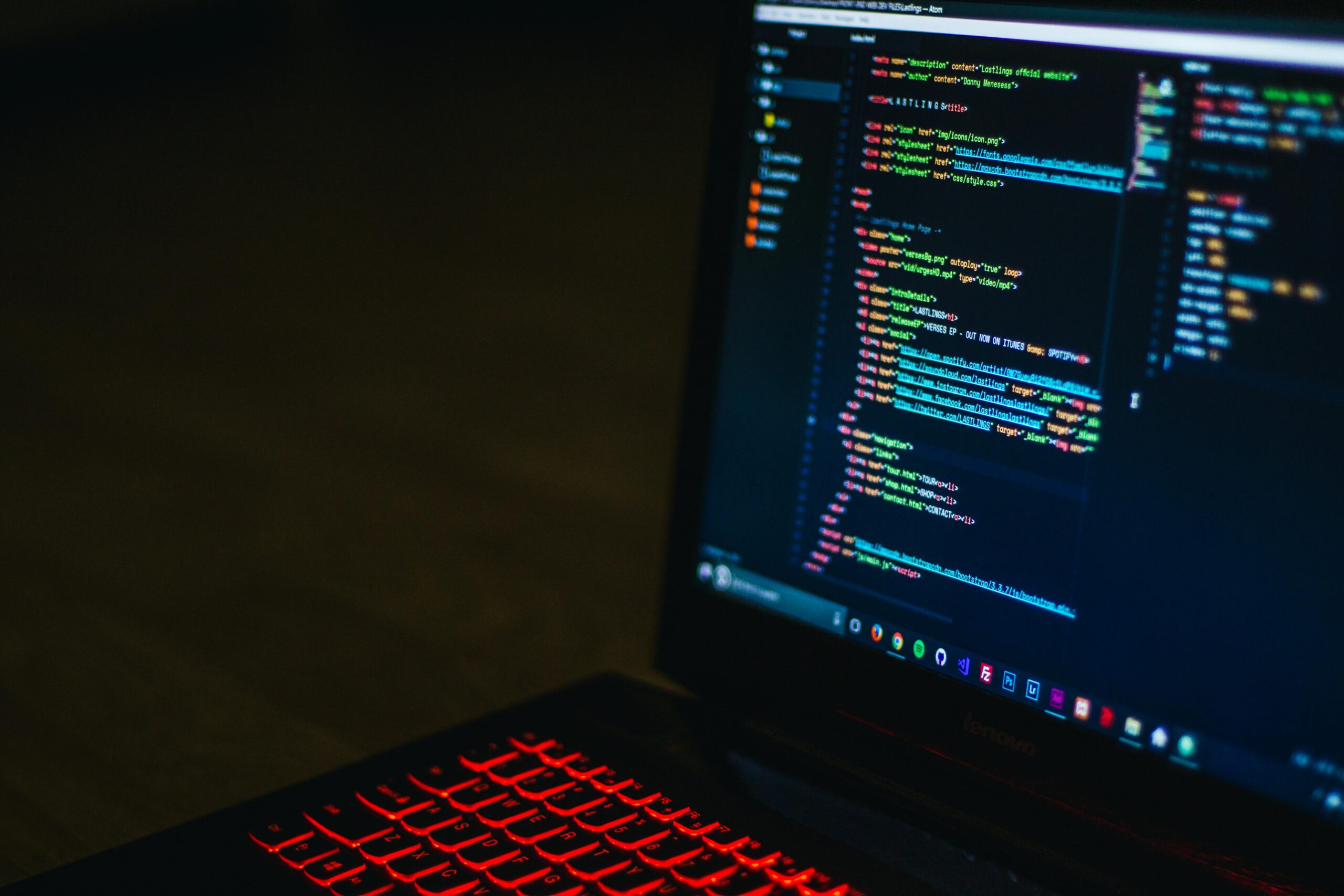Introduction: Understanding Soutaipasu
In the realm of computing, particularly in programming, file management, and web development, the concept of a path is fundamental. A path is simply an address that tells the computer where to find a file or directory. Within this context, Soutaipasu — a term derived from the Japanese word “相対パス” meaning relative path — refers to a way of locating files in relation to the current working directory, rather than using a full, absolute address.
Using relative paths effectively is a skill every developer, content creator, or system administrator should master. Not only do they make projects more portable and manageable, but they also keep file references cleaner and easier to update.
In this guide, we’ll explore what Soutaipasu means, when to use it, the advantages it brings, and best practices for implementing it in real-world projects.
Chapter 1: What is Soutaipasu (Relative Path)?
1.1 Definition
A relative path describes the location of a file or folder in relation to the current directory your program or system is operating in. Instead of starting from the root directory, it traces a path from where you are.
For example:
If your current working directory is:
swift
CopyEdit
/home/user/project/
and your file is in:
swift
CopyEdit
/home/user/project/images/logo.png
The relative path from your current directory to the file is simply:
bash
CopyEdit
images/logo.png
1.2 Difference Between Relative and Absolute Paths
- Absolute Path: Full address from the root of the file system.
Example: /home/user/project/images/logo.png - Relative Path: Location from the current working directory.
Example: images/logo.png
1.3 The Meaning Behind the Term
The Japanese term “Soutaipasu” directly translates to relative path, reflecting its function: positioning one file relative to another.
Chapter 2: Why Use Soutaipasu?
2.1 Portability
When working on a project that needs to run on multiple machines or environments, absolute paths can break because each system may have a different file structure. Relative paths adapt naturally.
2.2 Cleaner Code
Code with short, readable file references is easier to maintain. Compare:
html
CopyEdit
<img src=”../../assets/images/logo.png”>
vs.
html
CopyEdit
<img src=”/Users/john/Projects/mywebsite/assets/images/logo.png”>
The first is portable, the second is tied to one specific machine.
2.3 Easier Project Organization
With Soutaipasu, you can move whole project folders without having to rewrite all file references.
Chapter 3: How Relative Paths Work
3.1 The Current Working Directory (CWD)
All relative paths are based on the current working directory. This is the location from which your program, script, or terminal session is operating.
You can usually check the CWD by:
- Command line: pwd (Linux/macOS) or cd without arguments (Windows).
- In code (Python):
python
CopyEdit
import os
print(os.getcwd())
3.2 Special Path Symbols
- . → Refers to the current directory.
- .. → Refers to the parent directory.
Example:
bash
CopyEdit
../styles/main.css
means: “Go up one directory, then into the styles folder to find main.css.”
3.3 Relative Path Examples
If you have the structure:
markdown
CopyEdit
project/
index.html
css/
style.css
images/
logo.png
From index.html:
- CSS file path: css/style.css
- Image path: images/logo.png
From style.css to the logo:
- ../images/logo.png (one directory up, then into images)
Chapter 4: Soutaipasu in Different Contexts
4.1 In HTML and Web Development
Web developers often use relative paths for images, CSS, and JavaScript:
html
CopyEdit
<link rel=”stylesheet” href=”css/style.css”>
<script src=”js/app.js”></script>
4.2 In Programming Languages
Python Example:
python
CopyEdit
with open(“data/input.txt”, “r”) as f:
content = f.read()
This looks for input.txt inside the data folder relative to where the script is run.
Java Example:
java
CopyEdit
File file = new File(“config/settings.json”);
4.3 In Command-Line Operations
If you’re in /project and want to navigate to /project/images:
bash
CopyEdit
cd images
Or go back up one level:
bash
CopyEdit
cd ..
Chapter 5: Best Practices for Using Soutaipasu
5.1 Keep a Consistent Project Structure
Organize files logically so relative paths are predictable. Example:
kotlin
CopyEdit
project/
css/
js/
images/
data/
5.2 Avoid Overly Complex Relative Paths
Too many ../ sequences make paths hard to read. Consider reorganizing files instead.
5.3 Use Relative Paths in Development, Absolute in Production (Sometimes)
For development environments, relative paths make it easy to move projects. For production servers, sometimes absolute paths are better to ensure resources are found reliably.
5.4 Document Your File Structure
Especially when working in teams, documenting where files are and how paths are structured prevents confusion.
Chapter 6: Common Mistakes and How to Avoid Them
6.1 Forgetting the Current Directory
If your program is run from a different location than expected, relative paths may break. Always confirm your CWD.
6.2 Mixing Relative and Absolute Paths
This can create inconsistencies in a project. Pick a convention and stick to it.
6.3 Not Testing on Different Machines
What works on your system may fail on another if paths are wrong.
Chapter 7: Mastering Soutaipasu for Real Projects
7.1 Example: Website Project
Folder Structure:
bash
CopyEdit
website/
index.html
css/style.css
js/script.js
images/banner.jpg
HTML Reference:
html
CopyEdit
<img src=”images/banner.jpg” alt=”Banner”>
7.2 Example: Data Analysis in Python
bash
CopyEdit
project/
analysis.py
data/input.csv
Code:
python
CopyEdit
import pandas as pd
df = pd.read_csv(“data/input.csv”)
7.3 Example: Moving Projects Between Computers
When transferring a project folder with relative paths, all links remain valid without any manual edits.
Conclusion
Mastering Soutaipasu — the art of using relative paths — is about more than memorizing .. and .. It’s a mindset of keeping projects portable, organized, and efficient. By structuring your files logically, keeping your paths simple, and understanding how they relate to your working directory, you can avoid headaches and make your code cleaner and more maintainable.
Whether you’re coding a website, running a Python script, or managing files from the command line, Soutaipasu gives you the flexibility and clarity to work effectively across environments.
read more businessvirals.com

